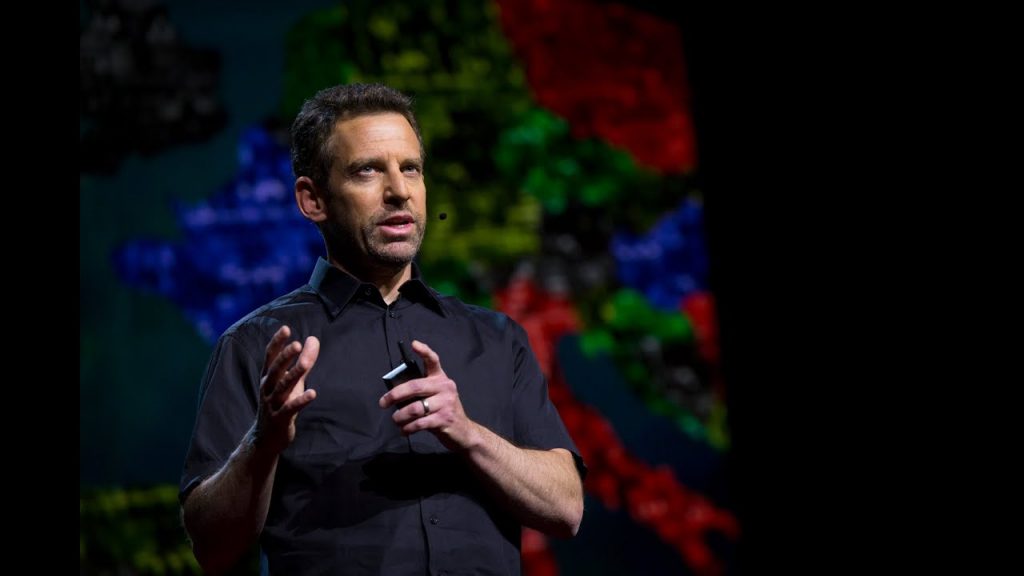A beginner’s guide to quantum computing | Shohini Ghose

A quantum computer isn’t just a more powerful version of the computers we use today; it’s something else entirely, based on emerging scientific understanding — and more than a bit of uncertainty.
Enter the quantum wonderland with TED Fellow Shohini Ghose and learn how this technology holds the potential to transform medicine, create unbreakable encryption and even teleport information.
Quantum computing has gained significant attention in recent years as scientists and researchers aim to develop computers that can perform complex calculations at a much faster pace than conventional devices. Quantum computers use quantum bits, or qubits, which have unique properties that allow them to perform multiple calculations simultaneously. However, the concept of quantum computing can be overwhelming for beginners. In this article, we will provide a beginner’s guide to quantum computing, with insights from Shohini Ghose, a physicist and quantum computing expert.
What is quantum computing?
Quantum computing is a field of computing that makes use of the principles of quantum mechanics to perform computational tasks. Unlike classical computers, where data is stored in binary format and processed using classical bits, quantum computers use qubits, which can exist in multiple states simultaneously. This allows quantum computers to perform multiple computations at once, making them much faster than classical computers.
According to Shohini Ghose, “Quantum computers have the potential to revolutionize many fields like cryptography, material science, drug discovery, and artificial intelligence. They have the power to solve problems that classical computers cannot, and this is what makes them so exciting.”
How do qubits work?
Qubits are the building blocks of quantum computers. Unlike classical bits, which can exist only in two states (0 or 1), qubits can exist in multiple states at the same time, a property known as superposition. This means that a qubit can be both 0 and 1 simultaneously, allowing it to perform multiple calculations at once.
In addition to superposition, qubits also have another unique property called entanglement, which allows two or more qubits to exist in a correlated state. This means that when the state of one qubit is changed, the state of the other qubit is also affected, regardless of the distance between the qubits. This property of entanglement is crucial for quantum computing and allows for the creation of complex algorithms.
How to program a quantum computer?
Programming a quantum computer is different from programming a classical computer. While classical computers use programming languages like Python, Java or C++, quantum computers use a specialized programming language called quantum assembly language (QASM). This language allows programmers to write quantum algorithms that can be executed on a quantum computer.
However, programming a quantum algorithm is not an easy task. According to Ghose, “Programming a quantum computer requires a different way of thinking. You need to understand the underlying principles of quantum mechanics and the algorithms that are specific to quantum computing. This is why it is essential to have a strong background in physics and mathematics.”
Challenges facing quantum computing
While quantum computing has the potential to revolutionize many fields, there are still many challenges that need to be overcome before it becomes a practical technology. One of the biggest challenges is the issue of error correction. Quantum computers are highly sensitive to noise and errors, which can disrupt the calculations and lead to incorrect results. This means that quantum computers require robust error correction protocols to make them reliable.
Another challenge is the issue of scalability. Currently, quantum computers have only a few hundred qubits. To perform complex calculations, quantum computers need to have thousands or even millions of qubits. Achieving this level of scalability is a significant technical challenge that requires breakthroughs in quantum hardware and software.
Conclusion
Quantum computing is an exciting field that has the potential to revolutionize many industries. While the technology is still in its early stages, scientists and researchers around the world are working to overcome the challenges and make quantum computing a practical reality. As Ghose says, “Quantum computing is still a nascent field, but it’s growing rapidly. If you are interested in quantum computing, don’t be afraid to jump in. It’s an exciting field with immense potential, and we need more people to work on this technology.”









How Close Are We to Fusion Energy?
10 Mastermind Hackers That Outplayed Everyone (even NASA)
The danger of AI is weirder than you think
What we learned from building a medical technology startup | Fouad Al-Noor | TEDxTUBerlin
The ONE THING That Holds New Programmers Back